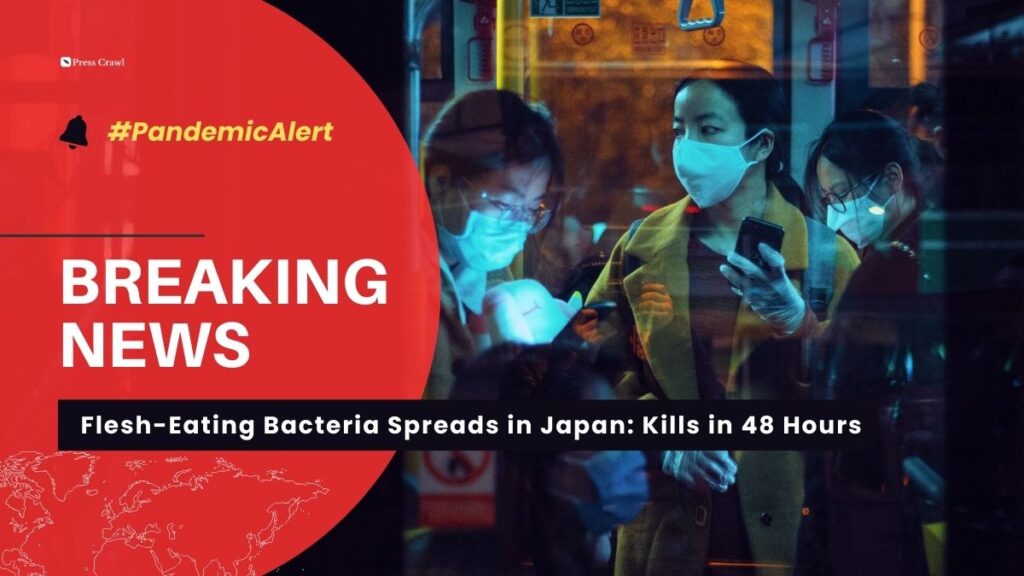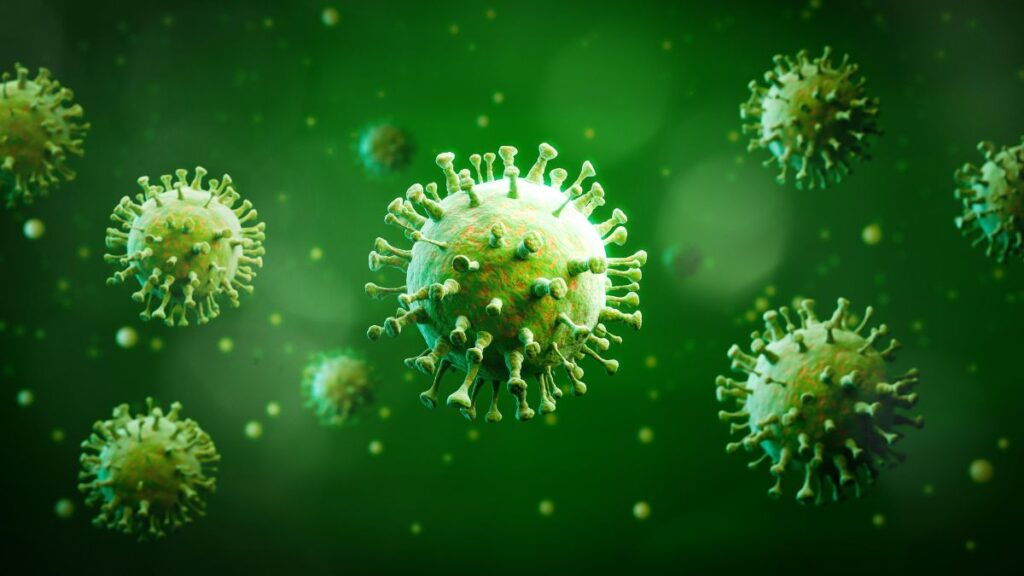
A rare and deadly bacterial infection known as Streptococcal Toxic Shock Syndrome (STSS) is rapidly spreading in Japan, leading to a significant public health concern. Commonly referred to as “flesh-eating bacteria,” STSS has seen a dramatic rise in cases since Japan lifted its COVID-19 travel restrictions.
Rapid Spread and High Fatality Rate
This year, until June, Japan’s National Institute of Infectious Diseases recorded almost one thousand STSS cases which is considered to have risen sharply from previous years. Such a spike has raised concern among medical practitioners in Japan and across the globe due to social interactions that have received a boost in the recent past due to the ease of restrictions of the COVID-19 pandemic.
STSS associated with Group A Streptococcus (GAS) bacteria can lead to the patient’s death within the next 48 hours after being infected. Early signs and symptoms are similar to severe sore throat, which may progress to severe conditions such as high fever, low blood pressure, respiratory failure, and even death. The bacteria produce toxins that lead to an aggressive inflammatory response with substantial tissue injury and inflammation.

Vulnerable Populations
Dr. Ken Kikuchi of Tokyo Women’s Medical University has stated that people aged 50 and over are in high-risk groups for developing STSS after the Influenza infection. He said the bacteria can easily spread into the blood and viscera and cause multiple organ dysfunction syndrome within a short duration. As acknowledged by Dr. Kikuchi while addressing the issue, ‘the majority of deaths occur within 48 hours’ stressing the importance of getting help as soon as possible.
Global Concerns and Preventive Measures
Thus, the increase in flesh-eating bacteria or STSS cases in Japan led Hong Kong’s authorities to provide a warning for tourists going to Japan. The advisory involves washing one’s body and objects frequently and using protective equipment, especially when getting any new cuts, wounds, or injuries. Such recommendations include frequent washing of the hands, proper cleaning and dressing of wounds, and consulting a doctor if an infection develops, fever or an increase in pain occurs around the wound.
Read More | Say Goodbye to Traditional Vacuums with Narwal S10 Pro!
Comparison with Previous Outbreaks
This is the same situation that occurred in Europe at the end of 2022 when the number of cases of STSS increased after the weakening of restrictions on the coronavirus. Nine European countries informed the WHO of rising invasive Group A Streptococcus (iGAS) rates. These trends indicate that the relaxation of social measures results in increased morbidity rates due to increased activity.
'Deaths Happen Within 48 Hours': Rare Flesh-Eating Bacteria Spreads In Japan#DNAVideos
— DNA (@dna) June 16, 2024
For more videos, click here https://t.co/6ddeGFqedQ pic.twitter.com/UPrVteauaB
Japan’s Response and Public Health Measures
Japanese health authorities have increased surveillance and launched information-providing strategies for the public. Such measures are made to assist in raising awareness of the signs and severity of STSS, making the public develop a sense of immediacy to rush to the doctors should the symptoms develop. Hospitals are on high alert to identify and treat STSS cases swiftly, and enhanced hygiene practices are being promoted widely.
Potential for Global Spread
The situation could have been worse, even affecting other countries due to international travel as observed by WHO experts. Thus, further STSS spread can be prevented, as Dr. Kikuchi emphasized the importance of personal hygiene and immediate wound disinfection. Early signs such as sudden severe pain, high fever, and redness at a wound site should be taken very seriously.
It is however worrying to note that the Japanese population that is vulnerable to STSS cases continues to experience a dramatic rise in cases. As there is a possibility of it affecting the entire world people should ensure they maintain high standards of hygiene and also anyone who experiences similar signs of the flu should visit the hospital. Thus, medical interventions and prompt reactions will be crucial in handling this fatal disease in the population.
Read More | Get Hired Faster with LinkedIn’s New AI-Powered Features!
